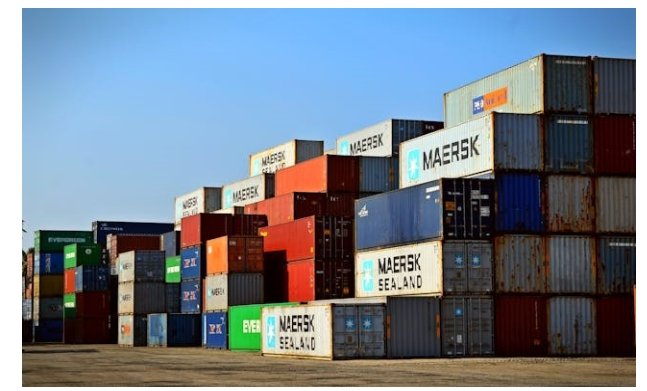When it comes to safeguarding your home against the elements, your roofing system plays a crucial role. However, another vital component that often goes unnoticed but plays a significant role in protecting your home is the eavestrough, also known as gutters. Properly functioning eavestroughs are essential for directing rainwater away from your home’s foundation, preventing water damage, and maintaining the integrity of your roofing system. In this blog, we’ll delve into how eavestroughs work and why they are crucial for your home’s protection, with a focus on roofing and Mississauga Roofers.
Roofing: A Critical Element of Home Protection
Before we dive into the specifics of how eavestroughs work, let’s first understand the critical role of roofing in protecting your home. Your roof acts as the first line of defense against various environmental factors such as rain, snow, wind, and sunlight. A well-maintained and properly installed roof not only enhances the aesthetic appeal of your home but also ensures its structural integrity and safety.
Understanding Eavestroughs (Gutters)
Eavestroughs, commonly known as gutters, are troughs or channels installed along the edges of your roof to collect and redirect rainwater away from your home. They are typically made of metal, plastic, or other durable materials and are attached to the eaves, which are the edges of the roof that overhang the walls.
Importance of Gutters in Protecting Your Home
Preventing Water Damage: One of the primary functions of eavestroughs is to channel rainwater away from your home’s foundation. When it rains, water runs down your roof and into the gutters, which then direct it through downspouts away from the house. Without gutters, water could accumulate near the foundation, leading to costly water damage, including basement flooding and structural issues.
Preserving Landscaping: Properly functioning gutters also help preserve your landscaping by preventing soil erosion and waterlogging in flower beds and around your home. This is especially important for homes with gardens or delicate landscaping features.
Protecting Siding and Exterior: Rainwater-carrying debris can stain and damage your home’s exterior siding over time. Gutters catch this debris, preventing it from directly impacting your home’s facade and preserving its appearance.
How Do Eavestroughs Work?
Now that we understand why gutters are essential let’s explore how they work to protect your home:
Collecting Rainwater: When rain falls on your roof, it flows down into the eavestroughs instead of cascading down the sides of your home. The gutters collect this water along their length.
Channeling Water: The collected rainwater is then channeled towards downspouts, which are vertical pipes attached to the gutters. These downspouts carry the water from the gutters down to the ground level.
Redirecting Water Away: At ground level, downspouts discharge the water away from the foundation of your home. Downspouts must extend several feet away from the house to ensure water doesn’t pool near the foundation.
Preventing Clogs: To function effectively, gutters must be kept free of debris such as leaves, twigs, and dirt. Regular gutter cleaning and maintenance are essential to prevent clogs that can cause water to overflow and damage your home.
Importance of Gutter Repair for Home Protection
Maintaining your eavestroughs in good condition is key to ensuring they work effectively in protecting your home. Here are some important aspects of gutter repair and maintenance:
Regular Inspections: Schedule regular inspections of your gutters, especially after heavy storms or during seasonal changes. Look for signs of damage such as cracks, leaks, sagging sections, or loose fasteners.
Cleaning and Clearing Debris: Clean your gutters at least twice a year, ideally in spring and fall, to remove leaves, branches, and other debris. Clogged gutters can lead to water backups, overflowing, and potential water damage to your roof and home.
Repairing Damage Promptly: Address any gutter issues promptly. Repair leaks, seal cracks, tighten loose fasteners, and replace damaged sections as needed to maintain optimal functionality.
Professional Help: Consider hiring professional roofing and gutter repair services for thorough inspections and repairs. Professionals have the expertise and tools to identify and address gutter issues effectively.
Conclusion
Our Roofing Etobicoke is your top choice for all your roofing needs. Eavestroughs, or gutters, play a vital role in protecting your home from water damage, preserving landscaping, and maintaining the integrity of your roofing system. Understanding how gutters work and the importance of regular maintenance and repair can help ensure your home remains safe and secure against environmental elements. By investing in proper gutter care and addressing issues promptly, you can extend the lifespan of your roofing system and prevent costly damage to your home’s structure. Remember, a well-maintained gutter system is a key component of a healthy and protected home.










